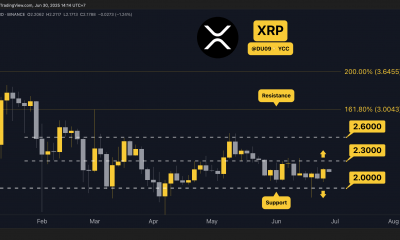Forex
Europe’s energy crisis: Europe spent 280 billion euros on mitigation in a year – Bruegel

Since September 2021, European governments have spent a total of €280 billion on alleviating Europe’s energy crisis, according to estimates by think tank Bruegel.
This amount includes all European governments’ expenditures to cover the burden of the crisis on regional businesses and citizens, including subsidizing small business rates in Greece and direct payments in Belgium. Some of the allocated funds have not yet been realized.
“Prices (for energy – IF) will be high throughout the winter, and European countries must work with a worst-case scenario in which prices remain so even after that,” said Bruegel analyst Giovanni Sgaravatti. – Governments need to focus on ways to reduce demand in sectors where this is possible.
What is causing Europe’s energy crisis?
Energy prices on the continent have jumped more than 10 times their seasonal averages over the past five years as Russian gas supplies declined. This factor is negatively affecting economic growth in the region, putting heavy industry in difficulty. At the same time, ordinary citizens face a sharp rise in the cost of consumer goods and services.
Among European countries, Germany allocated the most funds to support the population in the conditions of the energy crisis – 60.2 billion euros, or 1.7% of the country’s GDP. Italy spent €49.5 billion (2.8% of GDP); France – €44.7 billion (1.8%); Great Britain – €44.3 billion (1.6%) and Spain – €27.3 billion (2.3%).
“European policymakers have responded to the spike in energy costs with wide-ranging price-cutting measures involving subsidies, tax cuts and price controls,” the IMF experts said in their monthly report, adding that such measures have led to a disregard for the need to act on energy savings. “As a result, global energy demand and prices have been higher than they could have been,” the report said.
Earlier we reported that business activity in the euro area fell for the second consecutive month in August.

 Forex3 years ago
Forex3 years agoForex Today: the dollar is gaining strength amid gloomy sentiment at the start of the Fed’s week

 Forex3 years ago
Forex3 years agoUnbiased review of Pocket Option broker

 Forex3 years ago
Forex3 years agoDollar to pound sterling exchange rate today: Pound plummeted to its lowest since 1985

 Forex3 years ago
Forex3 years agoHow is the Australian dollar doing today?

 Cryptocurrency3 years ago
Cryptocurrency3 years agoWhat happened in the crypto market – current events today

 World3 years ago
World3 years agoWhy are modern video games an art form?

 Commodities3 years ago
Commodities3 years agoCopper continues to fall in price on expectations of lower demand in China

 Economy3 years ago
Economy3 years agoCrude oil tankers double in price due to EU anti-Russian sanctions



























